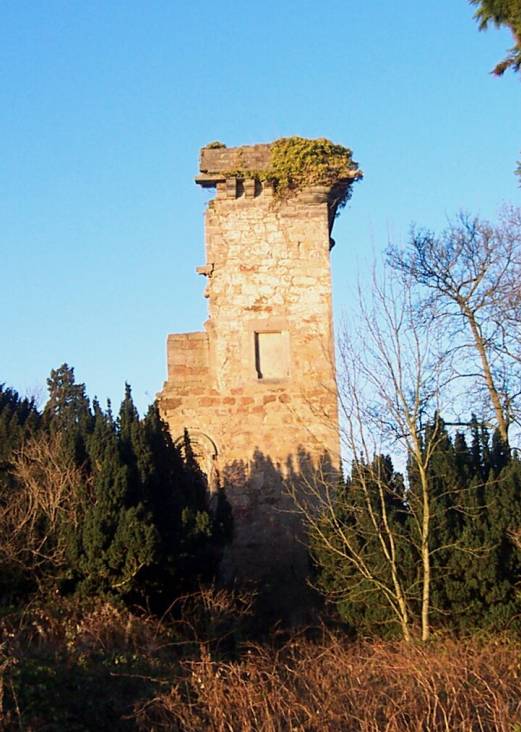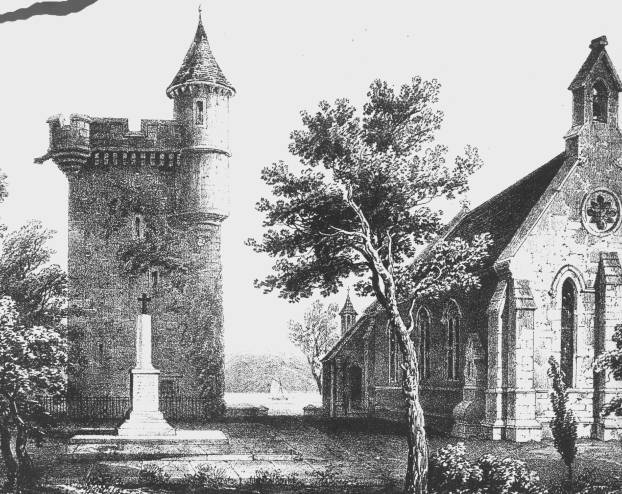The name Dunmore was introduced into the area in the middle of the 18th century by the Murray family. For many centuries the estates, fortified tower house and settlement bore the name Elphinstone from the family which had been in residence since sometime prior to 1338. In that year John of Elphinstone of the famous East Lothian family is present in the area, the husband of ‘Marjorie of Airth’ who was the daughter of ‘William of Airth’. Their son Alexander inherited their title to the estates and the family continued to acquire land in the area so that by 1503 the holdings were erected into the Barony of Elphinstone and the family were close to the royal court of James IV. The then family head, another Alexander, became the first Lord Elphinstone and fought and died beside the King at Flodden in 1513.
In 1754 John Murray, Viscount Fincastle, heir to the Earldom of Dunmore, purchased the lands of Elphinstone for £16,000 and soon after changed the name to Dunmore, a place in Perthshire associated with his family who were related to the Murrays of Blair Castle. Two years later he succeeded his father as 4th Earl of Dunmore. The estates remained in the family until 1911 when they were sold. There are three buildings associated with the family and estates. The first, Elphinstone tower, is now a ruin under severe threat of collapse through weathering and neglect. It was built around 1510 for Sir John Elphinstone and was much altered and enhanced over the years.
At one time it had an added extension shown in some early 19th century drawings but this appears to have been demolished sometime after 1836 making room for the construction of St Andrew’s Episcopal Church which was completed in 1845. Around the same time the lower part of the tower was converted into a family mausoleum, though modern vandalism prompted the removal of the incumbents to safer resting places. The church itself survived into the modern era but was finally demolished a few years ago.

In 1820-22 the 5th Earl of Dunmore commissioned the architect William Wilkins to build Dunmore Park, a magnificent mansion very similar to Dalmeny House completed a few years previously. It was occupied by the family until their departure in 1911 and remained as a private home until 1961. After a short spell as a girls school from then until 1964 it was abandoned. Although substantial parts of the building were demolished much remains to remind us of its grandeur and of our criminal neglect of our heritage.
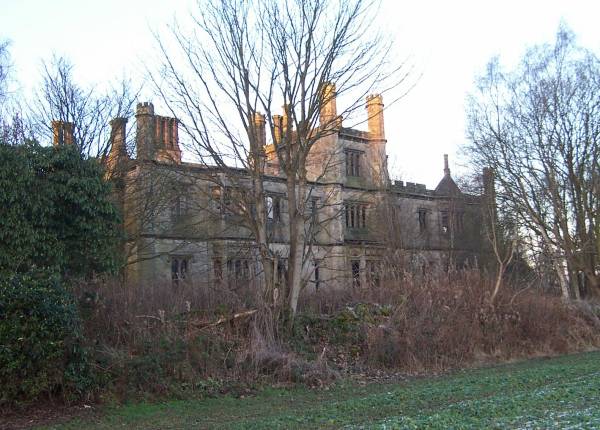
Without doubt the building which has attracted most attention is the Pineapple, a huge representation of the fruit placed above a garden pavilion by John Murray sometime between 1761 (the date which appears on the garden doorway below the fruit) and 1777 when the Earl returned from spells in America as Governor of New York and Virginia colonies. He returned with much wealth and more that a little vanity and the pineapple, a symbol in the colonies of welcome, may have been his ostentatious celebration of his return to his home. Pineapples were certainly grown here and many of the great houses including Holyrood Palace were among the recipients of what was then a rare delicacy! The Pineapple was restored by the Landmark Trust in 1973 for the National Trust of Scotland and is now a holiday home as well as a much visited and photographed folly. The story of the Pineapple is told elsewhere on this website
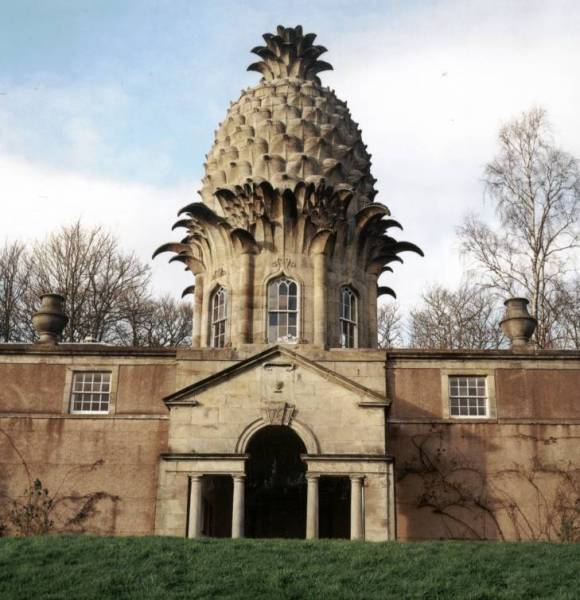
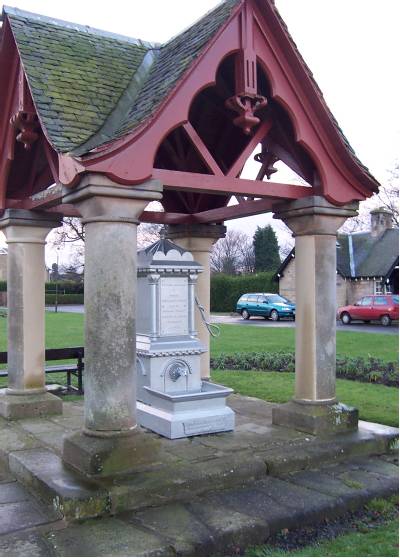
Before the arrival of the Dunmores the settlement on the River Forth which housed the workers on the salt pans and later coal miners was called Elphinstone Pans. In the mid 19th century Catherine Herbert widow of the 6th Earl thought it a miserable and unpleasant place and set about replacing the three rows of miners cottages with an English style village with two ranges of houses on either side of a village green. Over the next few years the present picturesque settlement with school, well, smithy and a number of vernacular houses was constructed. Most of the work was completed by 1879 when the well was dedicated with the message: THE SCHOOL AND VILLAGE OF DUNMORE TOGETHER WITH THIS WELL BUILT BY CATHERINE HERBERT COUNTESS OF DUNMORE WERE COMPLETED A.D. 1879.
Ian Scott (2006)
For further information see Calatria number 13 (Spring 1999):
John Reid, Lands and Baronies of Airth pages 47-80

